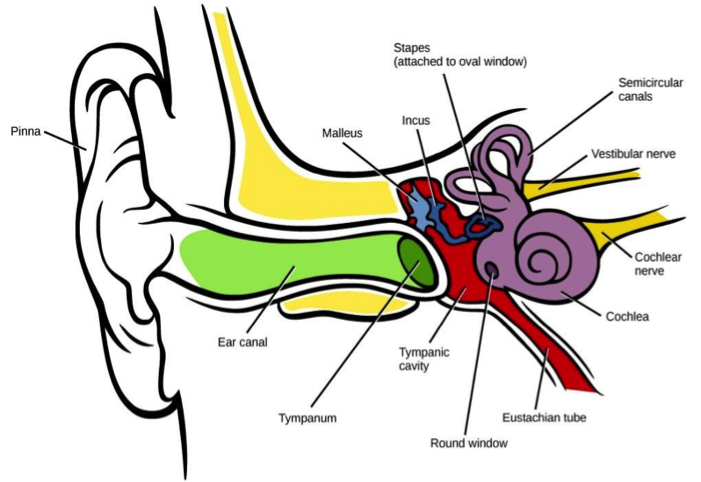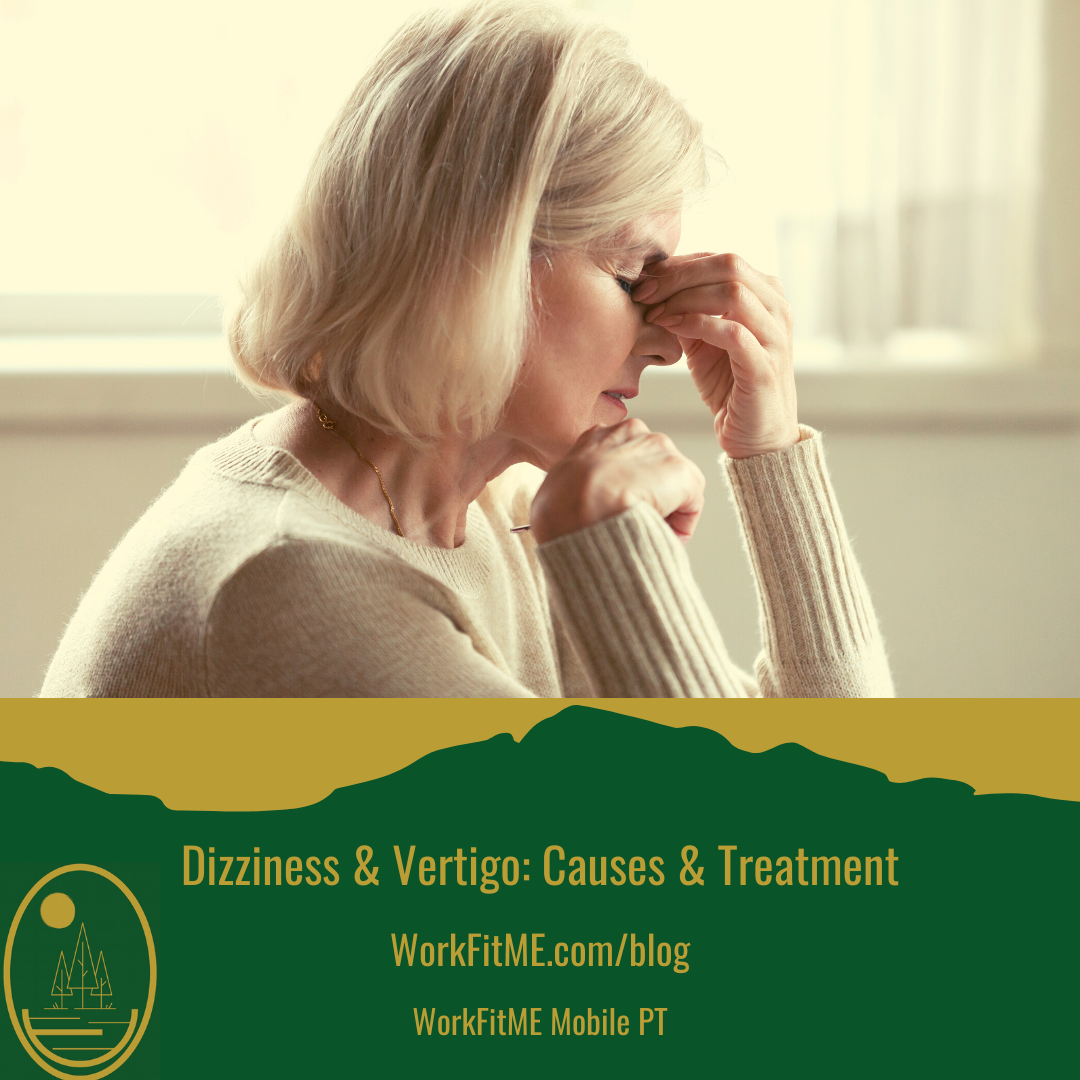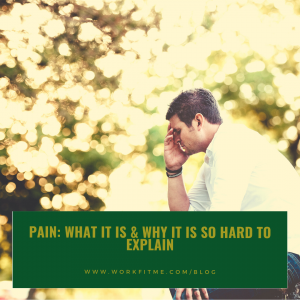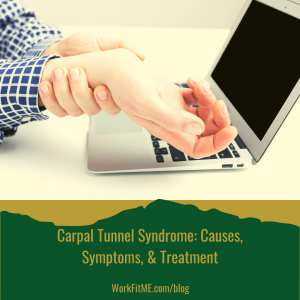Vertigo and dizziness can be tough. Not only does it significantly interfere with your day, but it can be very dangerous leading to falls that can cause severe injury. In older adults, falls are the number one cause of traumatic brain injury and fractures. Hip fractures, one of the most common fractures accompanying a fall, are particularly of interest as 1 in 5 older adults won’t survive the first year after a hip fracture.
So what is the difference between dizziness and vertigo? Good question. Let’s get into it.
Dizziness vs. Vertigo
Dizziness can come from a variety of reasons. You could feel lightheaded because of dehydration or changes in your blood sugar levels. You could feel dizzy and off balance when standing up after sitting or laying down because your blood pressure drops. You could have very high blood pressure. In general, we can all put our finger on how our body feels when dizzy. It usually subsides when we take care of the problem we think is causing it. A Physical Therapist can pick up on these causes and point you in the right direction to treatment if it is outside their scope.
Vertigo is a clinical presentation of dizziness that comes from our vestibular system (the balance center in our inner ear) telling us we are moving when we are not. This is usually described as the world spinning around you when you aren’t moving. Most commonly, vertigo is brought on by rolling over in bed and/or quickly turning the head. It usually takes a period of time for those symptoms to calm down where dizziness can come and go fairly quickly. We also aren’t able to reproduce dizziness in many cases like we are with vertigo. Especially when it is caused by BPPV, the most common and most treatable cause of vertigo.
BPPV and the Vestibular System

BPPV stands for Benign Paroxysmal Positional Vertigo. It basically means you feel like the world or your head is spinning even when you aren’t physically moving. This is caused by small crystals in that vestibular system getting into the canals of fluid that tell our brain directions we are moving in. Basically, BPPV sends our brain those signals even when we aren’t moving.
So how can we treat this? First, we have to properly identify that BPPV is causing your vertigo. Next we must identify which canal of the vestibular system the vertigo is coming from. Once we properly do that, positional maneuvers can be done to move those crystals back into place. It can take a few sessions but most people feel full relief of symptoms within 2-5 visits.
Sometimes the vestibular system has been suppressed by the brain which will require the need for retraining to prevent further balance loss and fall risk. This can actually be true even if you haven’t had vertigo but have balance or fall concerns. Having this area evaluated can be integral to reducing your fall risk following a bought of BPPV and well beyond.
Vestibular Training and Falls Prevention
Do you or someone you know have vertigo? Have you had it in the past and been prescribed medication to mask the symptoms only to have it come back over and over again? Do you still feel “off” even after treatment for BPPV/vertigo?
If you answered yes to any of these or want to have this system examined along with a full fall risk assessment, click here to book a call with me. With a certification in vestibular rehabilitation, I have found people with vertigo from BPPV and/or who are nervous about falling, recover faster using these techniques.
Click here for an exercise program to improve strength and stability to decrease your fall risk. Strength is a major component of our balance and these exercises hit the most common areas I see people need help with.
Dizziness, falls, and vertigo do not have to be something we live with as we age. Take back your independence and prevent the dreaded fall from happening in the first place!




